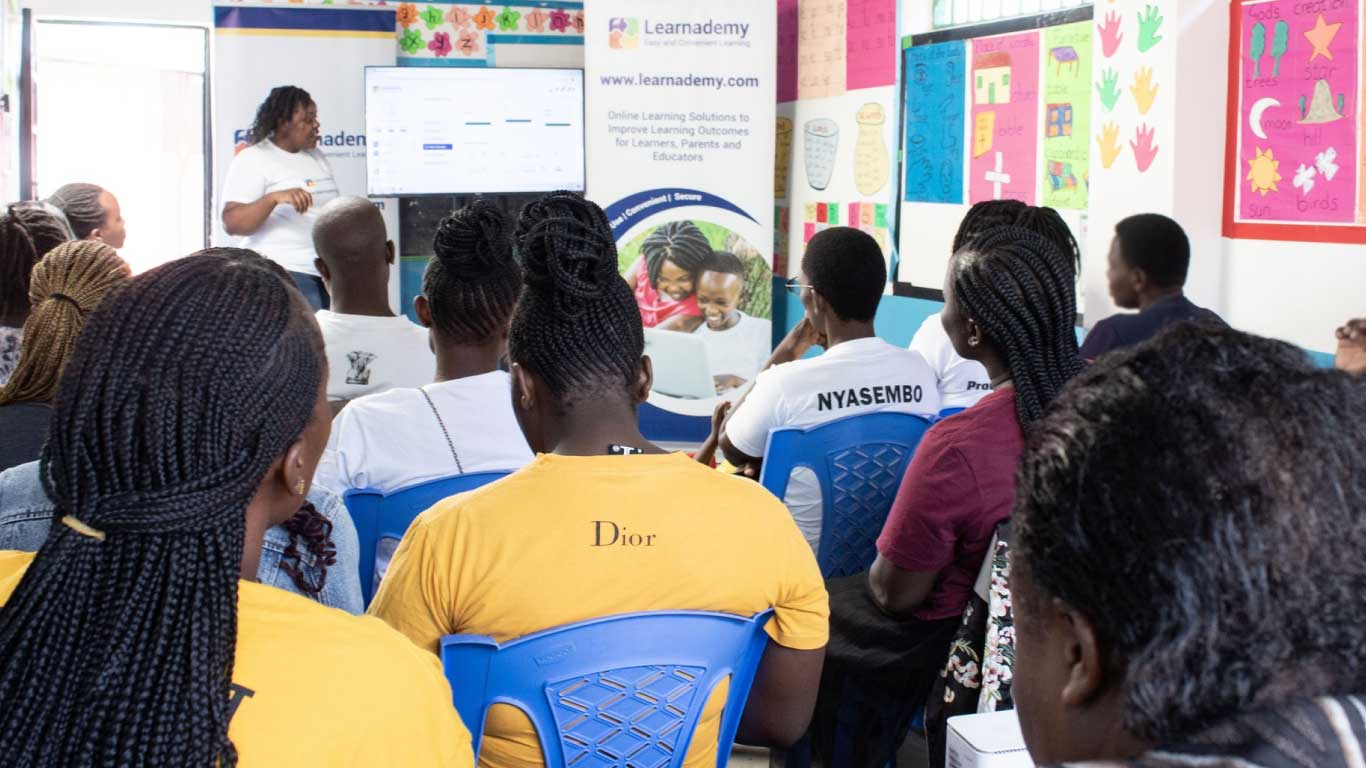-
Back
- Blog
- Browse Blogs
- Blog Post
- Get In Touch
-
Explore
- Sign up
- Login
Blog Inquiry

Kenya’s Education Revolution: Inside the Shift from CBC to CBE
14 May 2025 NewsA New Dawn for Learners, Parents, and Teachers
For years, Kenya’s education system has been a work in progress—shifting, adjusting, and evolving to meet the needs of a rapidly changing world. The latest chapter in this transformation is the official transition from the Competency-Based Curriculum (CBC) to Competency-Based Education (CBE), announced by the Ministry of Education on April 24, 2024.
The move isn’t just a rebranding exercise. It fundamentally rethinks how Kenyan students learn, teachers teach, and schools prepare young minds for the future. The goal? To make education more practical, affordable, and aligned with real-world demands, while easing the burden on parents and educators who have navigated years of curriculum changes. But what does this shift mean for the learner struggling with math, the teacher adapting to new methods, or the parent worried about costs? Let’s break it down.
Why the Shift? Listening to Stakeholders
The CBC, introduced in 2017, was Kenya’s bold step away from an exam-heavy, memory-based system towards one that emphasized skills, creativity, and critical thinking. But after seven years, feedback from parents, teachers, and industry leaders revealed gaps—high costs, implementation challenges, and concerns about practicality.

“Curriculum is dynamic, and we have an opportunity to review and adjust certain aspects of our education system,” said Education Principal Secretary Julius Bitok during the National Conversation Forum on Education. “Today, we are officially launching the shift from CBC to CBE—a step toward improving our educational approach.” This decision wasn’t made in isolation. The Ministry engaged teachers’ unions, parents’ associations, and industry experts to refine the system. The result? CBE—a more streamlined, cost-effective, and learner-centered model.
CBE vs. CBC: What’s Changing?
At first glance, the names sound similar, but the philosophy and execution differ significantly.
CBC (Competency-Based Curriculum)
- Focused on structured competencies per grade.
- Heavy on continuous assessments and projects.
- Faced criticism for complex parent involvement and resource-intensive projects.
CBE (Competency-Based Education)
- Flexible pathways—students specialize based on strengths and interests.
- Simplified assessments—reduce unnecessary workload.
- Stronger focus on employability—direct links to trades, arts, STEM, and entrepreneurship.

Key Takeaway: CBE keeps the best of CBC (skills-based learning) while cutting bureaucracy and making education more relevant and manageable.
Curriculum Overhaul: Key Features of CBE
1. Mathematics Reinvented—No More Fear
Under CBC, math became optional in senior school—a move that sparked debate. CBE brings it back as compulsory but with flexibility: STEM students will take pure mathematics, while Arts & Sports Science / Social Sciences students will study a simplified, practical version. This change will ensure numeracy for all without forcing advanced math on future poets or athletes.
2. Three Career Pathways—Choose Your Journey
Students will now specialize earlier in one of the three tracks: STEM (Science, Technology, Engineering, Math), Arts & Sports Science (Creative arts, athletics, performance), and Social Sciences (Business, humanities, languages)
3. Skills Over Theory
Forget rote memorization. The Competency Based Education emphasizes: Hands-on projects (building, coding, designing), Industry attachments (real workplace experience), and Entrepreneurship—students will pitch business ideas, not just write exams.

Teacher Empowerment: Training for the Future
A curriculum is only as good as those teaching it. Recognizing this, the Ministry is rolling out nationwide teacher training programs to smooth the transition. Including monthly workshops on CBE delivery, Digital tools for remote training, and Mentorship programs pairing experienced and new teachers.
Infrastructure Upgrades: Labs, Studios, and Workshops
CBE’s practical approach demands better facilities. The government has pledged to: Equip schools with tech labs, art studios, and sports academies, Partner with industries to provide modern tools (e.g., coding kits for STEM schools), and to prioritize rural schools to bridge the urban-rural divide.

School Classification: Triple vs. Double Pathways
Not all schools will offer all pathways. The new categories:
- Triple Pathway Schools: Offer STEM, Arts & Sports, and Social Sciences (mostly national/extrabudgetary schools).
- Double Pathway Schools: Offer two tracks (common in county/most day schools).
This shift implies that students may need to switch schools for their preferred path, a potential logistical hurdle.
Challenges and Opportunities
Some of the expected hurdles with change to the CBE system include: Teacher preparedness and consistency in training and retooling, resource gaps where budgets may limit the government in equipping all schools equally, and Parental buy-in due to skepticism after years of changes.
On the brighter side, it is an opportunity for more career-focused learning, reduced exam pressure, and stronger ties to Kenya’s job market needs.
A New Chapter for Kenyan Education
Change is never easy, especially in education, where every shift affects millions of futures. But the move from CBC to CBE isn’t just another policy flip; it’s a responsive, stakeholder-driven evolution towards a system that values skills, reduces waste, and empowers learners.
The road ahead will require patience, investment, and collaboration. But if done right, CBE could finally deliver on the promise of an education system that doesn’t just fill minds with facts, but equips Kenyan youth to thrive, innovate, and lead.









